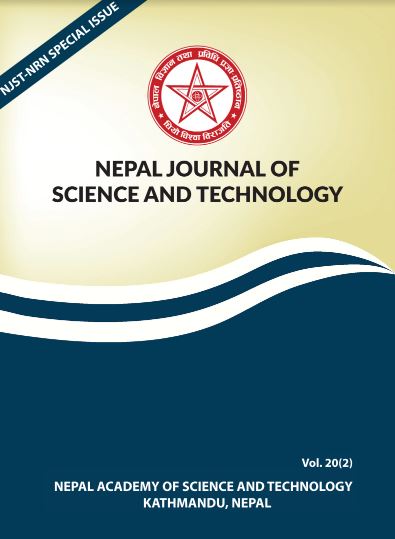Capacity Enhancement in Rock and Tunnel Engineering in Nepal
DOI:
https://doi.org/10.3126/njst.v20i2.45776Keywords:
Himalayan rock mass, Rock and Tunnel engineering, Capacity enhancement, Infrastructure developmentAbstract
In the recent past, infrastructure development activities have gained momentum in Nepal. Many roads are being and will be upgraded to enhance transport efficiency. The hydropower development activities are in full momentum. However, often occurring natural hazards caused by monsoon rain and large-scale earthquakes are major challenges to Nepal’s infrastructure and resilience hydropower projects. Developing an efficient transport network functioning in allweather conditions and resilience hydropower is not possible without the construction of tunnels. The experience indicates that the construction cost for tunnels is considerably higher due to insufficient capacity and knowledge base within Nepal and dependency on foreign agencies who have limited knowledge on the Himalayan geological condition. It is important to enhance ability through specialized high-level education and research within Rock and Tunnel Engineering (both MSc and Ph.D. Levels). This manuscript discusses a new curriculum developed for MSc education in Rock and Tunnel Engineering for the Institute of Engineering (IoE) of Tribhuvan University with the direct help from the Norwegian University of Science and Technology (NTNU), which helped to start the MSc program and first batch of students are enrolled for the academic year 2020/2021 at IoE-WRC Pokhara. NTNU collaborates with IoE through a research grant NORHED II Project 70141 6; Capacity Enhancement in Rock and Tunnel Engineering in Nepal received from the Norwegian Agency for Development Aid (NORAD).
Downloads
Downloads
Published
How to Cite
Issue
Section
License
Copyright (c) 2021 Krishna Kanta Panthi

This work is licensed under a Creative Commons Attribution-NonCommercial 4.0 International License.
Authors retain copyright and grant the journal right of first publication.




